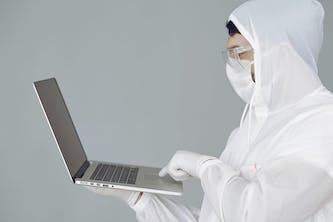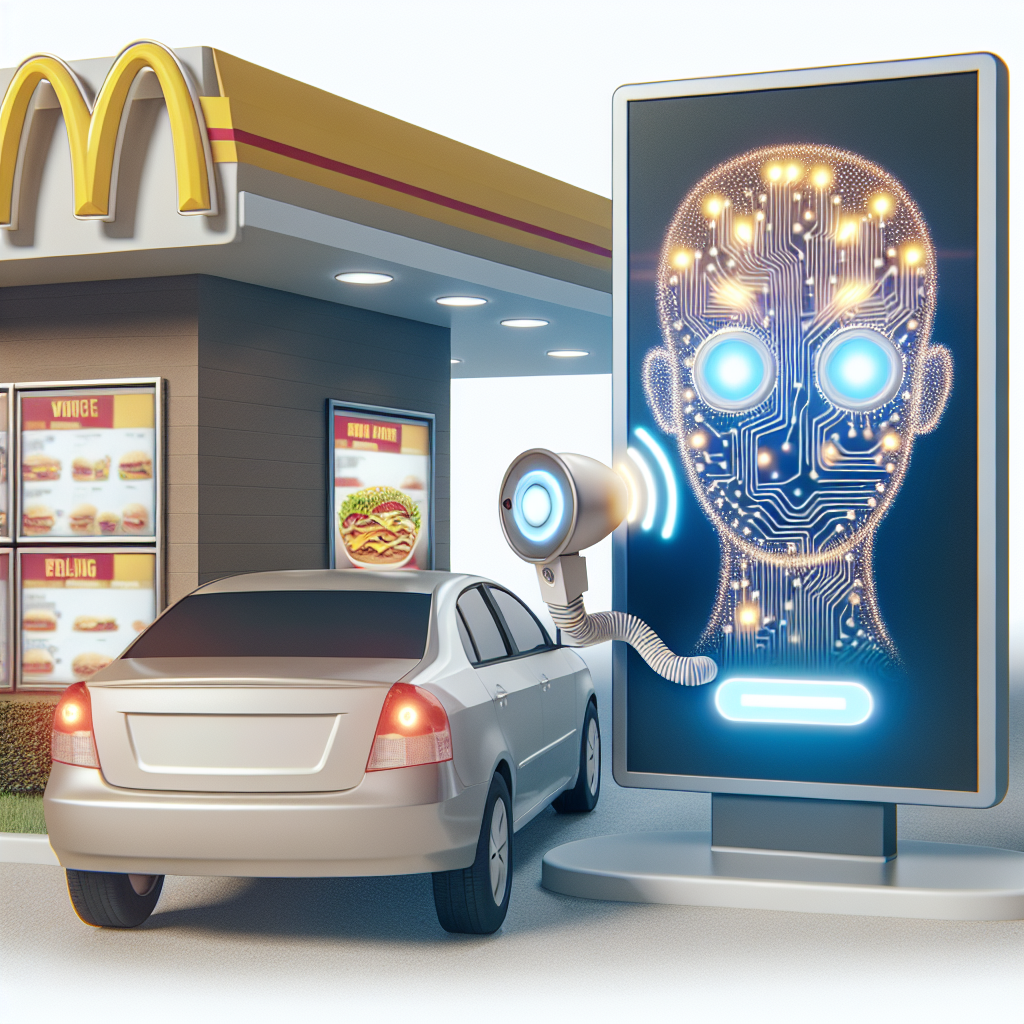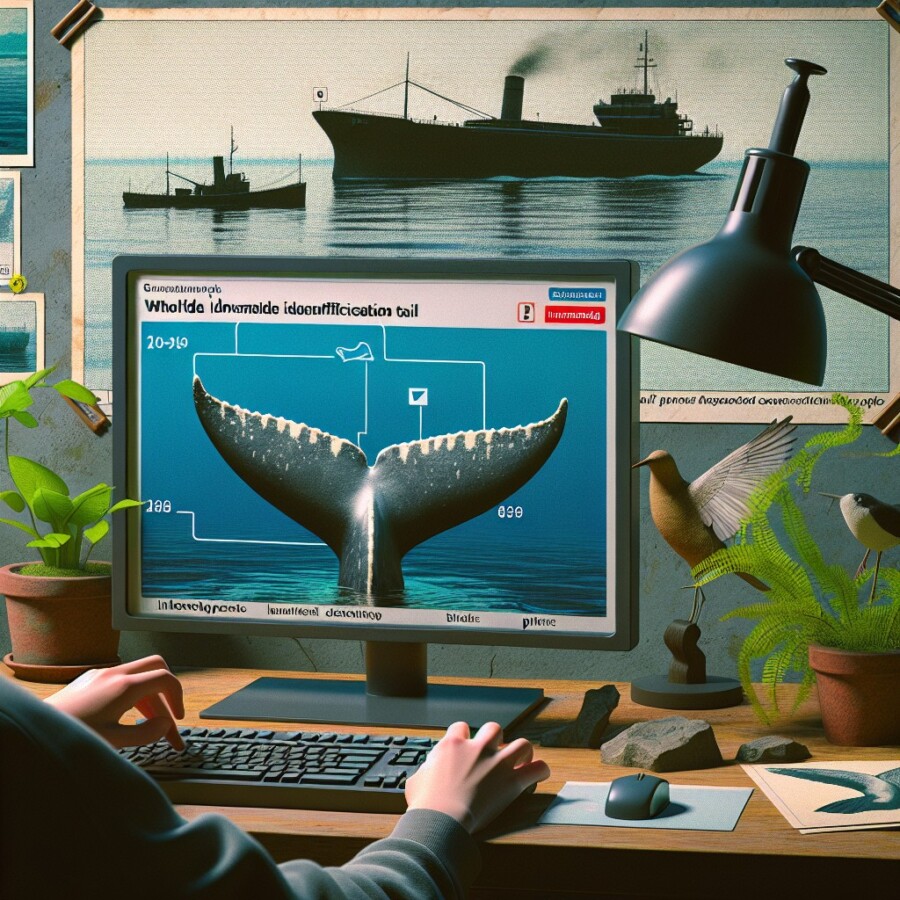Scientists have made a computer program that is really good at telling how dangerous a certain kind of rare cancer is by looking at pictures from inside the body. This program is much better than the old way, where doctors look at a tiny piece of the cancer under a microscope. The people who made the program think it can help a lot of people every year by making their treatment better.
This computer program is not just good for this rare cancer, but it also helps with breast cancer and could help find other cancers early. It can make it faster for doctors to know what kind of sickness someone has and how to treat it best. The program looked at pictures from 170 people and was right about how bad the cancer was 82% of the time.
A woman who has this rare cancer said that this program could help her and others like her get the right treatment faster. Every year, about 4,300 people in England find out they have this cancer. The scientists want to use this program all over the world to help people get the best treatment for their cancer and to avoid treatments or extra tests they don’t need.
Original news source: Scientists excited by AI tool that grades severity of rare cancer (BBC)
Listen
Slow
Normal
Fast
Group or Classroom Activities
Warm-up Activities:
– Vocabulary Pictionary
Instructions: Divide the class into two teams. One student from a team comes up to the front and draws a word related to the article (such as “cancer,” “program,” “microscope,” “treatment,” “diagnosis,” “technology,” “scientists”) without speaking or writing letters or numbers. Their team must guess the word within a set time limit. Rotate the drawer each round.
– News Reporter Role-play
Instructions: Students pair up, with one person acting as a news reporter and the other as a scientist who developed the computer program. The reporter interviews the scientist about their new development, asking questions about how it works, its benefits, and its impact on cancer treatment. After some time, they switch roles.
– Think-Pair-Share
Instructions: Pose a question to the class, such as “How do you think technology can improve healthcare?” or “Why is early detection of cancer important?” Students think about their answer individually, then pair up to discuss their thoughts. After a brief discussion, pairs share their conclusions with the whole class.
– Opinion Spectrum
Instructions: Write a statement on the board, like “Technology will replace many traditional methods in healthcare.” Students line up according to how strongly they agree or disagree with the statement, with one end of the classroom representing ‘strongly agree’ and the other ‘strongly disagree.’ Select students from different points in the spectrum to explain their position.
– Future Predictions
Instructions: Students work in small groups to discuss and write down predictions about future uses of computer programs in medicine, based on the article. Encourage them to think creatively about different types of diseases and treatments. After some time, each group presents their predictions to the class.
Comprehension Questions:
1. What can the computer program do when it looks at pictures from inside the body?
2. How is the computer program better than the old way doctors used to check cancer?
3. Besides the rare cancer, what other kind of cancer can the program help with?
4. How often was the program right about how bad the cancer was?
5. Why does the woman with the rare cancer think the program is helpful?
6. How many people in England find out they have this rare cancer every year?
7. What do the scientists hope to do with the program in the future?
Go to answers ⇩
Listen and Fill in the Gaps:
Scientists have made a computer program that is really good at telling how dangerous a certain kind of rare cancer is by (1)______ at (2)______ from inside the body. This program is much (3)______ than the old way, where doctors look at a tiny piece of the cancer under a microscope. The (4)______ who made the program think it can help a lot of people every (5)______ by making their treatment better.
This computer program is not just good for this rare (6)______, but it also helps with breast cancer and could help find other cancers early. It can make it faster for doctors to know what kind of sickness someone has and how to treat it best. The (7)______ looked at pictures from 170 people and was right about how bad the cancer was 82% of the (8)______.
A woman who has this (9)______ cancer said that this program could help her and others like her get the right treatment faster. Every year, about 4,300 people in England find out they have this cancer. The scientists want to use this program all over the (10)______ to (11)______ people get the best treatment for their cancer and to avoid (12)______ or extra tests they don’t need.
Go to answers ⇩
Discussion Questions:
Students can ask a partner these questions, or discuss them as a group.
1. What is a computer program?
2. Do you think computers can be doctors? Why or why not?
3. How would you feel if a computer helped your doctor find your sickness?
4. Do you like going to the doctor? Why or why not?
5. What is cancer?
6. Why do you think it’s important to find sickness early?
7. Do you think a computer can be wrong sometimes? Why?
8. How would you feel if a computer program could make you feel better faster?
9. Do you know anyone who has had cancer? How did they find out?
10. Would you trust a computer to look at pictures of inside your body? Why or why not?
11. What is treatment? Why is it important to get the right one?
12. Do you think all hospitals should use this new computer program? Why or why not?
Individual Activities
Vocabulary Meanings:
Match each word to its meaning.
Words:
1. program
2. cancer
3. microscope
4. treatment
5. sickness
6. pictures
7. scientists
8. England
Meanings:
(a) Images taken with a camera
(b) A serious disease where the body’s cells grow in a harmful way
(c) A way to make someone feel better when they are sick
(d) A tool that makes small things look big
(e) A machine that can do tasks automatically
(f) A condition that makes you feel unwell
(g) People who study the world and how it works
(h) A country in Europe
Go to answers ⇩
Multiple Choice Questions:
1. What is the computer program good at doing?
(a) Telling how dangerous a certain kind of rare cancer is
(b) Predicting the weather
(c) Playing music
(d) Cooking dinner
2. How does the computer program compare to the old way of looking at cancer?
(a) It is the same
(b) It is worse
(c) It is not mentioned in the article
(d) It is much better
3. What other type of cancer can the computer program help with?
(a) Lung cancer
(b) Skin cancer
(c) Breast cancer
(d) Prostate cancer
4. How accurate was the computer program at predicting how bad the cancer was?
(a) 50% of the time
(b) 82% of the time
(c) 100% of the time
(d) 30% of the time
5. How many people in England find out they have the rare cancer every year?
(a) About 10,000 people
(b) About 2,000 people
(c) About 6,500 people
(d) About 4,300 people
6. What do the scientists want to do with the computer program?
(a) Keep it a secret
(b) Use it only in England
(c) Use it all over the world to help people get the best treatment for their cancer
(d) Stop using it
7. How did a woman with the rare cancer feel about the computer program?
(a) It could help her and others like her get the right treatment faster
(b) It was not helpful at all
(c) It was too expensive
(d) It was not mentioned in the article
8. How many people did the computer program look at pictures from?
(a) 50 people
(b) 170 people
(c) 300 people
(d) 100 people
Go to answers ⇩
True or False Questions:
1. It cannot make it faster for doctors to know what kind of sickness someone has and how to treat it best.
2. About 4,300 people in England find out they have this cancer every year.
3. The program cannot help with breast cancer and finding other cancers early.
4. The program is better than the old way where doctors look at a tiny piece of the cancer under a microscope.
5. The scientists want to use this program all over the world to help people get the best treatment for their cancer and avoid unnecessary treatments or extra tests.
6. Scientists did not make a computer program to tell how dangerous a rare cancer is by looking at pictures from inside the body.
7. The program did not look at pictures from 170 people and was not right about how bad the cancer was 82% of the time.
8. A woman with this rare cancer said the program could help her and others get the right treatment faster.
Go to answers ⇩
Write a Summary:
Write a summary of this news article in two sentences.
Check your writing now with the best free AI for English writing!
Writing Questions:
Answer the following questions. Write as much as you can for each answer.
Check your answers with our free English writing assistant!
1. What can the new computer program do when it looks at pictures from inside the body?
2. How is the computer program better than the old way doctors used to check for cancer?
3. Besides the rare cancer, what other kind of cancer can the computer program help with?
4. How often was the computer program right about how bad the cancer was?
5. Why do scientists want to use this computer program all over the world?
Answers
Comprehension Question Answers:
1. What can the computer program do when it looks at pictures from inside the body?
The computer program can tell how dangerous a rare kind of cancer is by looking at the pictures.
2. How is the computer program better than the old way doctors used to check cancer?
The computer program is better because it is much better at telling how bad the cancer is than when doctors look at a small piece of the cancer under a microscope.
3. Besides the rare cancer, what other kind of cancer can the program help with?
The program can also help with breast cancer.
4. How often was the program right about how bad the cancer was?
The program was right about how bad the cancer was 82% of the time.
5. Why does the woman with the rare cancer think the program is helpful?
The woman thinks the program is helpful because it could help her and others get the right treatment faster.
6. How many people in England find out they have this rare cancer every year?
About 4,300 people in England find out they have this rare cancer every year.
7. What do the scientists hope to do with the program in the future?
The scientists hope to use the program all over the world to help people get the best treatment for their cancer and to avoid treatments or extra tests they don’t need.
Go back to questions ⇧
Listen and Fill in the Gaps Answers:
(1) looking
(2) pictures
(3) better
(4) people
(5) year
(6) cancer
(7) program
(8) time
(9) rare
(10) world
(11) help
(12) treatments
Go back to questions ⇧
Vocabulary Meanings Answers:
1. program
Answer: (e) A machine that can do tasks automatically
2. cancer
Answer: (b) A serious disease where the body’s cells grow in a harmful way
3. microscope
Answer: (d) A tool that makes small things look big
4. treatment
Answer: (c) A way to make someone feel better when they are sick
5. sickness
Answer: (f) A condition that makes you feel unwell
6. pictures
Answer: (a) Images taken with a camera
7. scientists
Answer: (g) People who study the world and how it works
8. England
Answer: (h) A country in Europe
Go back to questions ⇧
Multiple Choice Answers:
1. What is the computer program good at doing?
Answer: (a) Telling how dangerous a certain kind of rare cancer is
2. How does the computer program compare to the old way of looking at cancer?
Answer: (d) It is much better
3. What other type of cancer can the computer program help with?
Answer: (c) Breast cancer
4. How accurate was the computer program at predicting how bad the cancer was?
Answer: (b) 82% of the time
5. How many people in England find out they have the rare cancer every year?
Answer: (d) About 4,300 people
6. What do the scientists want to do with the computer program?
Answer: (c) Use it all over the world to help people get the best treatment for their cancer
7. How did a woman with the rare cancer feel about the computer program?
Answer: (a) It could help her and others like her get the right treatment faster
8. How many people did the computer program look at pictures from?
Answer: (b) 170 people
Go back to questions ⇧
True or False Answers:
1. It cannot make it faster for doctors to know what kind of sickness someone has and how to treat it best. (Answer: False)
2. About 4,300 people in England find out they have this cancer every year. (Answer: True)
3. The program cannot help with breast cancer and finding other cancers early. (Answer: False)
4. The program is better than the old way where doctors look at a tiny piece of the cancer under a microscope. (Answer: True)
5. The scientists want to use this program all over the world to help people get the best treatment for their cancer and avoid unnecessary treatments or extra tests. (Answer: True)
6. Scientists did not make a computer program to tell how dangerous a rare cancer is by looking at pictures from inside the body. (Answer: False)
7. The program did not look at pictures from 170 people and was not right about how bad the cancer was 82% of the time. (Answer: False)
8. A woman with this rare cancer said the program could help her and others get the right treatment faster. (Answer: True)
Go back to questions ⇧













